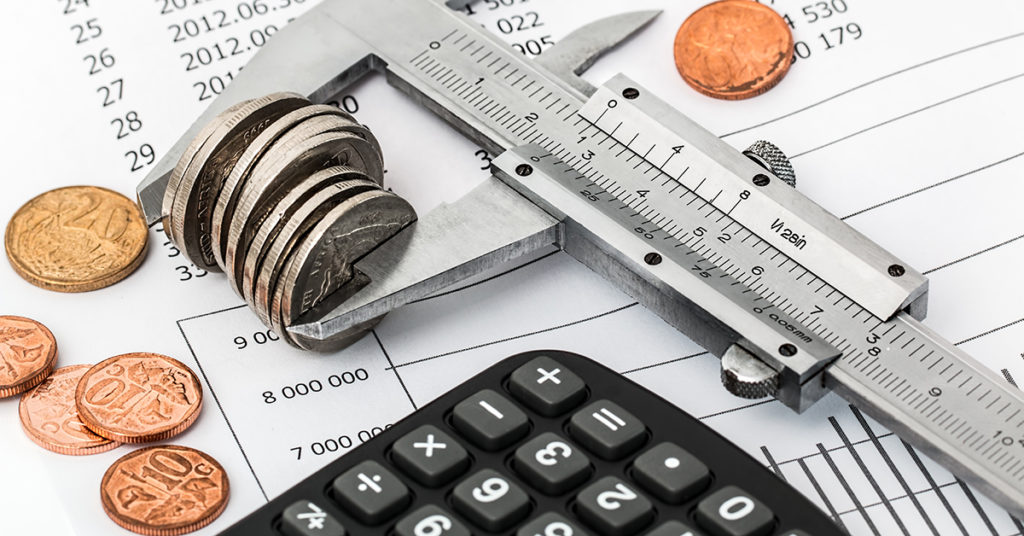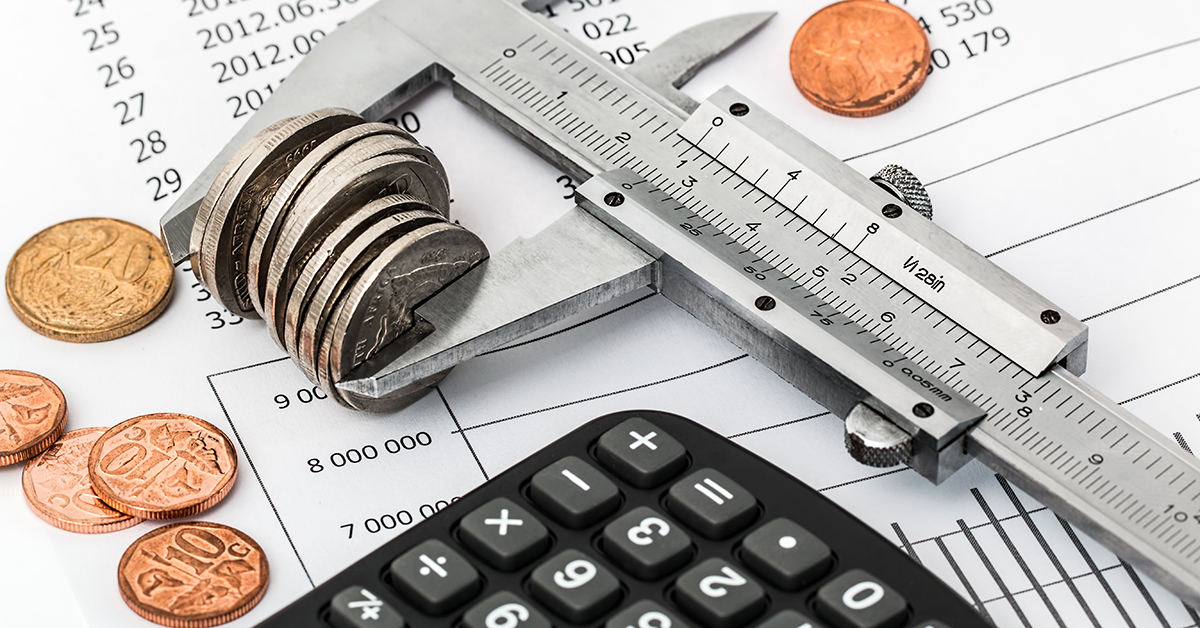
Most entrepreneurs and Venture Capital investors (VCs) chase scalability without agreeing on what it means. We define scalability as the ability of a business to grow revenue exponentially. Samer Azar – founder of Alex the CFO, brings you his blog on building financial projections that get you VC funding (or make you rich!)
Samer joined Berytech recently for a 2-hour #FinanceFriday session on what it takes to build a Fortune 500 finance department in a company and how one can up their game in 2020 through outsourcing the finance department. He discussed financial excellence and strategies to deconstruct and achieve cashflow success. This is his summary of the session.
Drivers of Scalability
We’ve been chasing the equations of scalability for a long time, below are its 6 key drivers.
Market Size
Your market should be large enough – more importantly, growing fast. The F&B industry is pretty large, but launching the next pizza shop will probably not scale because the industry has been around since Raffaele Esposito invented pizza in Naples, and because the maximum size of the market would be the pizza loving population living within 2 blocks of where your pizza shop will be. Building the next pizza-making robot is a different story however. You are now selling to pizza restaurant owners globally. And beyond the pizza business, why not go after burger joints or surgeons? In fact the robot industry is now $18billion and forecast to grow at 15%. Now, that’s a large and growing market.
Networking Effects
What if you could increase market share while simultaneously decreasing marketing expense – exponentially? That’s the promise of networking effects. Every additional user increases the value of the product to others. This is your typical Facebook-like business. You first joined because all your friends were already there, and your previously-reluctant friend finally joined because you and all your other friends were already there. And so on, until exponential growth materializes. Network effects grow your revenue line faster and cheaper than anything else, when harnessed properly. You don’t have to be building the next Appstore; network effects can also materialize for the non-tech businesses out there.
High gross margins that fuel the business engine
This one is mostly intuitive. The cost of selling an additional unit of a product or service should be decreasing as you sell more units. I have yet to meet a business that accurately measures their cost of sales. Most businesses fail to capture the right cost components that they incur when delivering a product or service. These typically include portions of staff time (mostly salespeople, customer support) and others. Knowing the true cost of your sales for every business line and product is indispensable to leading your business on that growth path.
Keep Opex at 20%
Hatred will fill your heart with pain… but only when directed towards your operating expenditures, it may keep cash in your bank. When making decisions about renting an office, hiring a Marketing Manager and engaging on other long term contracts, remember to ask yourself whether the expense you are contemplating will add value to your customer and how. If the answer is not straightforward, you can probably live without it.
Low reinvestment rates that make growth capital efficient
This is the opposite of what my grandpa – who owned a bean factory back in the 1930s, had to do in order to grow: find more cash to invest in another factory. Software businesses typically fall in that category. If your business cannot grow without sizable injections of cash, you may want to go back to the drawing board and think of new business lines that are lighter in capital requirement. This will help you grow faster and independently from outside sources of capital.
Cash conversion cycle that improves as your operation expands
You receive the cash payment in the form of income before you have to pay that cash out in the form of expenses. This is without a shadow of a doubt, the most intuitive, yet most under-appreciated, under-recorded metric and… the most life-threatening one. The calculation measures how fast a company can convert cash on hand into inventory and accounts payable, through sales and accounts receivable, and then back into cash. Not knowing this number in a worse-case scenario may lead to bankruptcy; while tracking and optimizing it leads to longer cash runways for startups in the burn rate phase.
About The Author
Samer Azar, CFA is a financial storyteller who specializes in helping people overcome cashflow-related anxiety. Unlike other financiers, Samer’s experience was forged in entrepreneurship and angel investing. He has helped his clients collectively raise $10 million in financing. As the founder of Alex the CFO, Samer is on a mission to help ambitious founders sleep soundly knowing that their books are handled by experts.
Berytech’s #FinanceFridays Sessions
Berytech’s #FinanceFridays training sessions allow startups and SMEs to understand the different financing options open to them. The experts hosted in every session equip attendees with information on how to get investment-ready, how to identify the right channels of funding, and how to raise funds.








